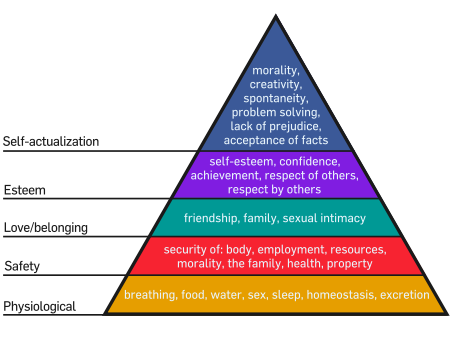Every year, the leaves become shades of orange, red, and yellow and we start using words like “harvest” and “cool” and…”fall.” We dust off our warm jackets and fluff our scarves. We start decorating our houses, carving pumpkins, and picking out costumes for Halloween.
And then it’s October 31st, and we get all dressed up, eat tons of candy, and walk around pretending to be someone (or something) which we’re not. This tradition, while silly, gives us a chance to show another side of ourselves. Beneath the desire to be ghoulish and festive is the need to expose our identities to others.
 You can’t truly understand the American Halloween tradition unless you understand that sometimes people need a license to get spooky and let their inner goblin out. You also can’t truly be a great social marketer, without understanding the reasons why people interact on social networking sites in the first place.
You can’t truly understand the American Halloween tradition unless you understand that sometimes people need a license to get spooky and let their inner goblin out. You also can’t truly be a great social marketer, without understanding the reasons why people interact on social networking sites in the first place.
I’ve been doing a lot of research on the “geo-social” trend, and in doing so I started reasoning why people check-in, why they set up profiles, and why they blog. (If you’re a marketer, you’re kind of exempt. I like social networking because it’s fun and I dream of the potential it has for brands and small businesses. So – I can’t really rely on my own reasoning.)
The impetus for the average user, though, is complex and simple at the same time; There are several reasons why we engage on social networking sites, but they’re all simplistic and draw on the principles of basic human nature.
Natural Law philosophers like Aristotle emphasize that man is by nature a social being – “Man is by nature a social animal; an individual who is unsocial naturally and not accidentally is either beneath our notice or more than human.” Social media gives us yet another outlet to be this “social animal.”
 But, it’s more than just that. At the heart of it all is our need to expose our identity – to show who we are Maslow’s hierarchy of needs shows us that Self-Actualization and Esteem are both necessary components of a healthy life. To do this we must expose ourselves to our community.
But, it’s more than just that. At the heart of it all is our need to expose our identity – to show who we are Maslow’s hierarchy of needs shows us that Self-Actualization and Esteem are both necessary components of a healthy life. To do this we must expose ourselves to our community.
Facebook, Twitter, LinkedIn, YouTube, Foursquare, etc. all give us the ability to send signals to others about our selves. Think about it. When we like a brand on Facebook, tweet a link, or even answer a question on Quora, we are helping to establish ourselves as a unique individual.
So what’s this mean for brands and marketers? We need to find a way to help people find a piece of themselves reflected in our brand. We don’t share a link or “Like” a brand to promote that company (again, unless you’re a marketer), rather we share these things because they ultimately say something about our identities.
For instance, one of my favorite social media campaigns since 2007 has been Liberty Mutual’s Responsibility Project that went hand-in-hand with their pass-it-on emphasizing commercials. When I “Like” their Responsibility Project, I’m telling people that I like the idea of “passing it on,” that I identify with the for community members to look out for one another. And, in doing so, I’m also spreading the word about Liberty Mutual. If I didn’t identify with their message, I would never have liked or shared it.
There are certainly other reasons why people join and engage in social networking and it’s important for marketers to know and understand them all. Check back in the coming weeks for more!
What are some great campaigns that you identify with?

One thought on “Behind the costume: what makes us go “social”?”